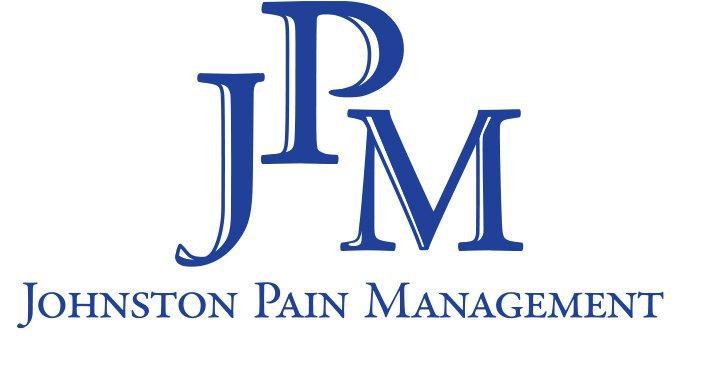https://www.youtube.com/watch?v=
The mortality rate for osteoporotic hip fracture is a significant concern in the medical community. Osteoporosis is a condition characterized by a decrease in bone density, making bones weak and prone to fractures. Among the various fractures associated with osteoporosis, a hip fracture is particularly concerning due to its high mortality rate.
Several factors contribute to the increased risk of mortality in individuals with osteoporotic hip fractures. Firstly, the fracture itself can have profound consequences on the patient’s overall health. Hip fractures often require surgical intervention, leading to potential complications such as infection, blood clots, and pneumonia. Additionally, the immobility caused by a hip fracture can result in muscle wasting, respiratory problems, and pressure ulcers, further exacerbating the risk of mortality.
Studies have shown that the mortality rate following an osteoporotic hip fracture is alarmingly high. Within one year of the fracture, approximately 20-30% of patients pass away. The mortality rate is even higher in elderly individuals, with estimates ranging from 24% to 45%. Furthermore, the mortality risk remains significant even beyond the first year, with a higher chance of death in the following years compared to the general population.
Public health initiatives have been implemented to address this issue. Prevention strategies, such as proper nutrition, regular physical activity, and the use of medications to improve bone density, can help reduce the risk of osteoporotic hip fractures. Moreover, prompt and effective management of hip fractures, including timely surgical intervention, rehabilitation programs, and treatment of associated complications, can contribute to better outcomes and reduced mortality rates.
In conclusion, the mortality rate for osteoporotic hip fractures is a concerning aspect of this condition. The high rates of mortality are associated with both the fracture itself and the complications that arise from it. Efforts should focus on prevention, early intervention, and comprehensive management to minimize mortality rates and improve the overall prognosis for individuals with osteoporotic hip fractures.
What is the difference between osteoporotic fracture and osteoporosis?
Osteoporotic fractures are a result of osteoporosis, a condition in which the bones become more fragile due to bone deterioration or low bone mass. Bones that are weaker or more fragile are at greater risk for fractures. Fractures occur commonly in the spine.

How long do osteoporotic fractures take to heal?
Osteoporosis doesn’t affect how quickly your bones heal. Most fractures are better in 6 to 12 weeks. Chances are, you’ll spend many of those weeks at home. Learning to get around can take time, but you can do some things to get back to your normal activities more quickly and stay healthy while you’re at it.
How do you treat an osteoporotic fracture?
The most common course of treatment for a patient with an acute OVF is a conservative manner. It focuses on pain management through short-term bed rest, analgesic medicine, anti-osteoporotic medication, exercise (physiotherapy), and a brace (spinal orthosis).
Do osteoporotic fractures heal?
Osteoporosis doesn’t affect the healing process of bone. So if you do break a bone, it can heal as normal. Some broken bones need an operation to help them heal, while others get better on their own.


